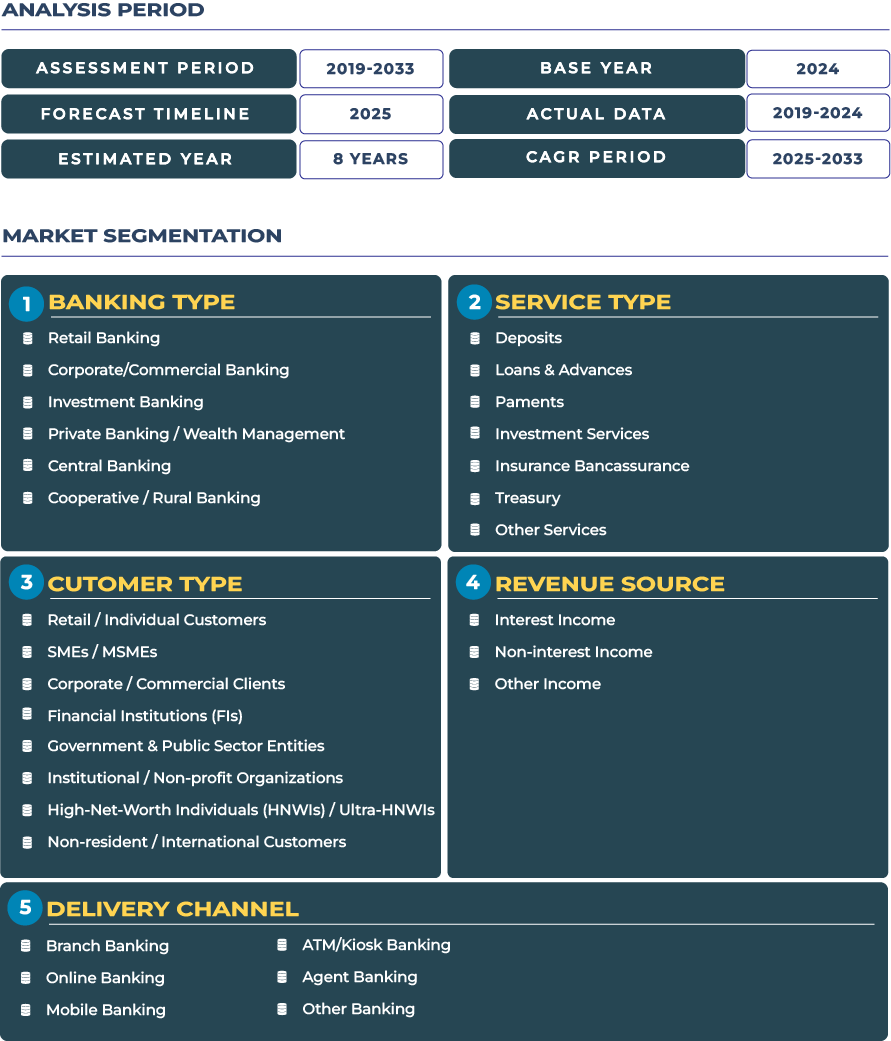Report Format:
![]()
![]() |
Pages: 110+
|
Pages: 110+
Optimizing Efficiency and ESG-Focused Retail Banking in the US Banking Market
The US banking industry is entering a phase where efficiency, sustainability, and digital-first strategies are shaping the competitive landscape. Leading banks are actively collaborating with fintechs to integrate artificial intelligence (AI), cloud platforms, and open banking APIs to optimize cost structures while ensuring customer-centricity. At the same time, a strong focus on environmental, social, and governance (ESG)-linked products is becoming a differentiator in retail banking, with institutions introducing green savings accounts, sustainable lending programs, and carbon-neutral investment products. The rising importance of ESG-aligned offerings reflects the shift in consumer demand toward ethical finance and socially responsible banking practices.
As of 2025, the US banking market is estimated to be valued at USD 1,777.9 billion and is projected to reach USD 2,199.6 billion by 2033, expanding at a CAGR of 2.7% during 2025–2033. This moderate growth is supported by the convergence of AI-driven analytics in personalized lending, cost optimization through fintech partnerships, and the steady adoption of digital payments. However, challenges remain in the form of cybersecurity threats and an uncertain interest rate environment. Despite these hurdles, the US banking ecosystem remains one of the most technologically advanced and financially resilient systems globally.







